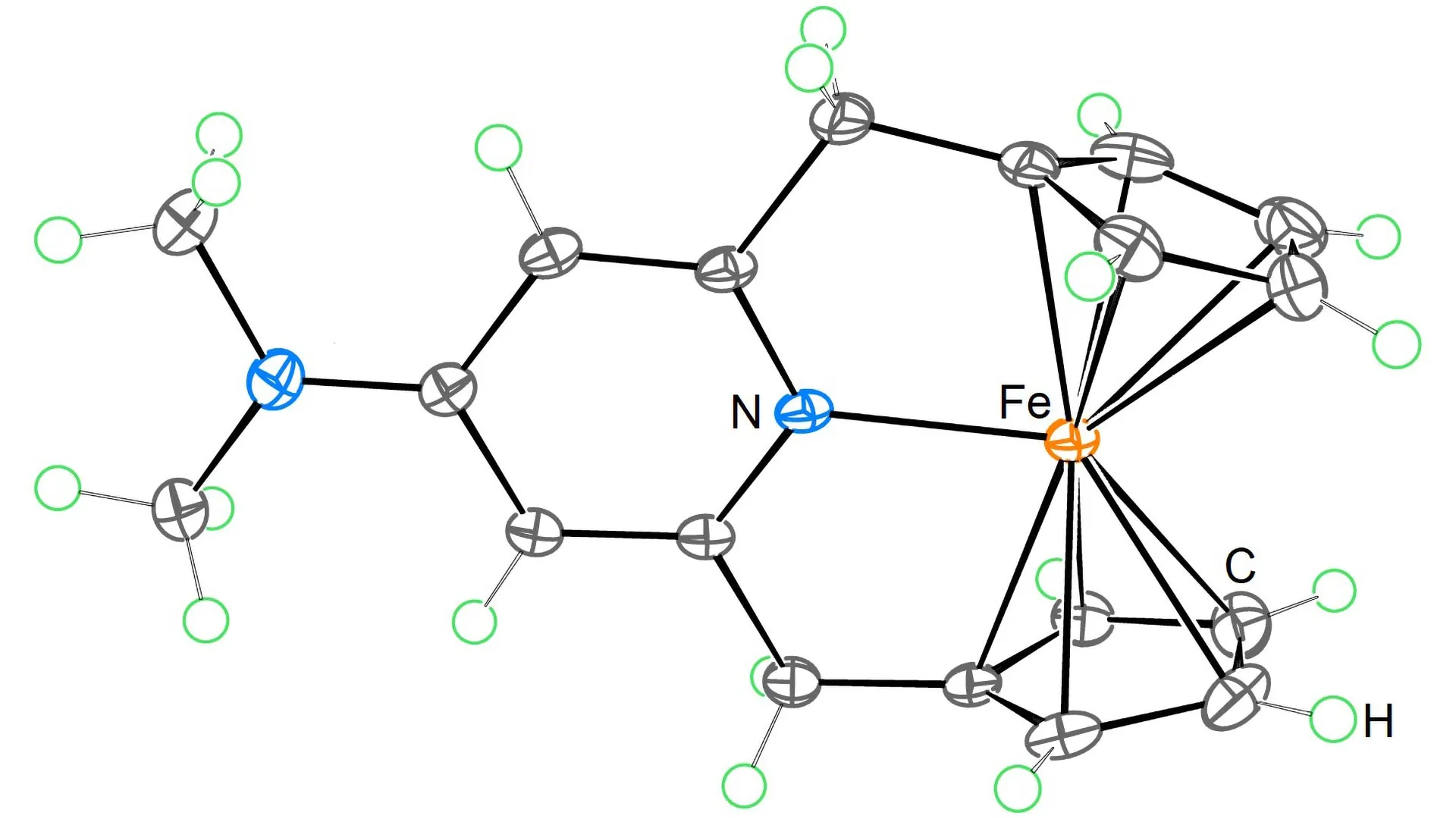Shocking Chemistry Breakthrough: 20-Electron Ferrocene Challenges a Century-Old Rule!

What if I told you that for over a century, a fundamental rule of chemistry was just flipped on its head? Researchers at the Okinawa Institute of Science and Technology (OIST) have done the unthinkable by successfully synthesizing a stable 20-electron derivative of ferrocene, a feat that directly contradicts the long-standing 18-electron rule governing organometallic chemistry. This breakthrough could open up a treasure trove of possibilities in chemical science!
“For many transition metal complexes, they are most stable when surrounded by 18 formal valence electrons,” explained Dr. Satoshi Takebayashi, the mastermind behind this revolutionary study published in Nature Communications. He collaborated with a talented group of scientists from Germany, Russia, and Japan to tackle this age-old principle head-on. Ferrocene, a classic example of this rule, has been a cornerstone of chemical understanding for decades. “We have now shown for the first time that it is possible to synthesize a stable 20-electron ferrocene derivative,” he added, signaling a monumental shift in our understanding of metal-organic compounds.
The discovery not only improves our grasp on metallocenes, which are known for their unique “sandwich” structure—where a metal atom is nestled between two organic rings—but it also challenges the very foundation upon which many scientific principles are built.
First synthesized in 1951, ferrocene transformed the field of chemistry thanks to its unexpected stability and structure, eventually earning its discoverers the prestigious Nobel Prize in Chemistry in 1973. It was the moment that ushered in modern organometallic chemistry, inspiring scientists around the globe to explore the world of metal-organic compounds.
This groundbreaking study builds upon that legacy. By designing a novel ligand system, the OIST team was able to stabilize the elusive 20-electron ferrocene derivative—something previously deemed improbable. “Moreover, the additional two valence electrons induced an unconventional redox property that holds potential for future applications,” Dr. Takebayashi noted. This is crucial because, historically, ferrocene was limited in its use for electron transfer reactions, known as redox reactions, constrained to a narrow range of oxidation states. With the formation of an Fe–N bond in this new derivative, the capacity for ferrocene to gain or lose electrons is dramatically expanded, paving the way for more versatile applications.
And that's not all! By breaking the mold of chemical stability, researchers can now design molecules with tailor-made properties. This new knowledge could ignite fresh research aimed at advancing sustainable chemistry, including the design of green catalysts and next-generation materials.
Ferrocene derivatives are already finding their way into various cutting-edge technologies, including solar cells, pharmaceuticals, medical devices, and advanced catalysts. The implications of this latest finding could not only diversify these applications but also inspire entirely new innovations.
The Organometallic Chemistry Group at OIST is dedicated to uncovering the underlying principles that govern metal-organic interactions, tackling real-world challenges head-on. Their focus on unconventional compounds like the 20-electron ferrocene derivative signifies a bold step forward.
This groundbreaking work is made possible through the support of organizations such as the Japan Society for the Promotion of Science (JSPS), the JSPS Program for Forming Japan's Peak Research Universities, and the OIST Buribushi Fellowship. The future of chemistry has never looked brighter!




























